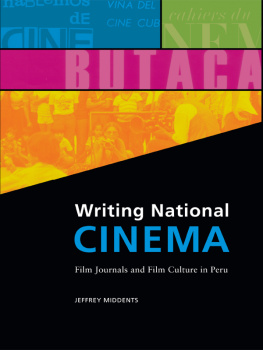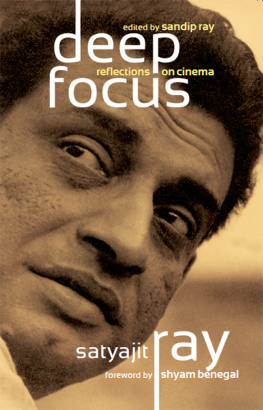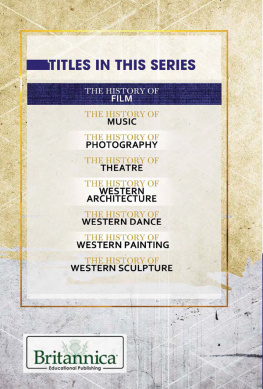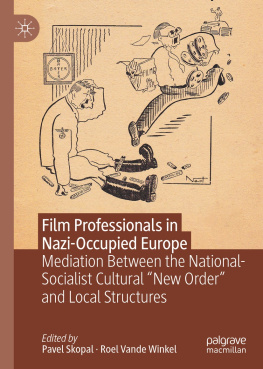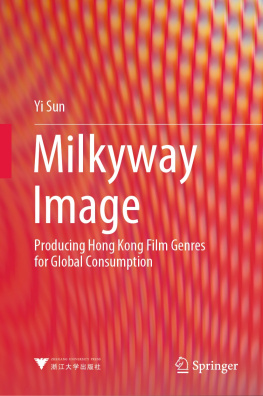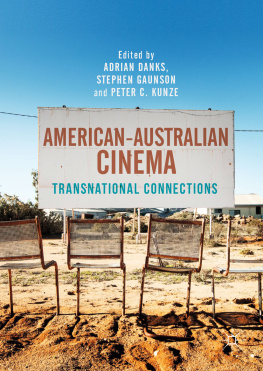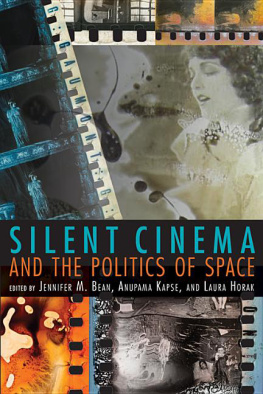The Law of the Looking Glass
Ohio University Press Polish and Polish-American Studies Series
Series Editor: John J. Bukowczyk
Framing the Polish Home: Postwar Cultural Constructions of Hearth, Nation, and Self, edited by Boena Shallcross
Traitors and True Poles: Narrating a Polish-American Identity, 18801939, by Karen Majewski
Auschwitz, Poland, and the Politics of Commemoration, 19451979, by Jonathan Huener
The Exile Mission: The Polish Political Diaspora and Polish Americans, 19391956, by Anna D. Jaroszyska-Kirchmann
The Grasinski Girls: The Choices They Had and the Choices They Made, by Mary Patrice Erdmans
Testaments: Two Novellas of Emigration and Exile, by Danuta Mostwin
The Clash of Moral Nations: Cultural Politics in Pisudskis Poland, 19261935, by Eva Plach
Holy Week: A Novel of the Warsaw Ghetto Uprising, by Jerzy Andrzejewski
The Law of the Looking Glass: Cinema in Poland, 18961939, by Sheila Skaff
SERIES ADVISORY BOARD
M. B. B. Biskupski, Central Connecticut State University
Robert E. Blobaum, West Virginia University
Anthony Bukoski, University of Wisconsin-Superior
Bogdana Carpenter, University of Michigan
Mary Patrice Erdmans, Central Connecticut State University
Thomas S. Gladsky, Central Missouri State University (ret.)
Padraic Kenney, Indiana University
John J. Kulczycki, University of Illinois at Chicago (ret.)
Ewa Morawska, University of Essex
Antony Polonsky, Brandeis University
Brian Porter-Szcs, University of Michigan
James S. Pula, Purdue University North Central
Thaddeus C. Radzilowski, Piast Institute
Daniel Stone, University of Winnipeg
Adam Walaszek, Jagiellonian University
Theodore R. Weeks, Southern Illinois University
The Law of the Looking Glass
Cinema in Poland, 18961939
Sheila Skaff
OHIO UNIVERSITY PRESS
ATHENS
Ohio University Press, Athens, Ohio 45701
www.ohioswallow.com
2008 by Ohio University Press
All rights reserved
To obtain permission to quote, reprint, or otherwise reproduce or distribute material from Ohio University Press publications, please contact our rights and permissions department at (740) 593-1154 or (740) 593-4536 (fax).
Printed in the United States of America
Ohio University Press books are printed on acid-free paper

16 15 14 12 11 10 09 08 5 4 3 2 1
Library of Congress Cataloging-in-Publication Data
Skaff, Sheila.
The law of the looking glass : cinema in Poland, 18961939 / Sheila Skaff.
p. cm.
Includes bibliographical references and index.
ISBN-13: 978-0-8214-1784-3 (cloth : alk. paper)
ISBN-10: 0-8214-1784-3 (cloth: alk. paper)
1. Motion picturesPolandHistory. 2. Motion picture industryPolandHistory. I. Title.
PN1993.5.P55S44 2008
791.4309438'09041dc22
2008006416
ISBN: 978-0-8214-4252-4 (e-book)
Publication of books in the Polish and Polish-American Studies Series has been made possible in part by the generous support of the following organizations:
Polish American Historical Association,
New Britain, Connecticut
Stanislaus A. Blejwas Endowed Chair in Polish and Polish American Studies,
Central Connecticut State University, New Britain, Connecticut
The Polish Institute of Arts and Sciences of America, Inc.,
New York, New York
The Piast Institute: An Institute for Polish and Polish American Affairs,
Detroit, Michigan
Contents
Illustrations
Series Editors Preface
POLISH FILM AND CINEMATOGRAPHY rank among the leading examples of the cinematic arts in the late twentieth century. Sheila Skaffs excellent revisionist study, The Law of the Looking Glass: Cinema in Poland, 18961939, examines the background and development of cinema and cinematography in Poland from their earliest moments in the late nineteenth century through the late nineteen thirties, when world war and political change created a dramatic break with the past and launched the country into a new phase of filmmaking practice.
Skaffs book offers a thorough look at a subject that has yet to be studied in depth by more than a handful of scholars, possibly because of the extensive linguistic and technical expertise required to approach it credibly. The book, according to Skaff, attempts to recapture the multilingualism and social diversity of cinema in the partitioned lands and independent Poland. Indeed, rather than narrowing her own cinematic gaze and succumbing to the temptation to focus exclusively on Polish-language cinema and its relationship to Polish nationalism and nation building, Skaff wisely examines the cinematic traditions and practices among filmmakers of various ethnocultural and linguistic backgrounds in a multiethnic pre-1939 Poland. Her revisionist approach will earn the book a central place in the canon of Polish film studies. Her choice of an ending date for her study is a wise one, as well. World War II decimated the ranks of Polish filmmakers, and after the war the new Communist government nationalized the Polish film industry, bringing the chaotic-dynamic prewar era to a quiet close. Despite this obvious rupture with the cinematic tradition of the prewar years, Skaff nonetheless shows the carryover of important artistic influences and sensibilities, successfully making the argument that this cultivation of the art of looking has proven a revered tradition that reaches to the beginning of the twenty-first century.
For a volume so rich in information, the book is gracefully written and jargon-free. In this important and provocative study, Skaff displays a solid knowledge of Polish history, ambitious coverage of her topic, originality, and what one reader has called an unmistakable passion for Polish film. The Law of the Looking Glass: Cinema in Poland, 18961939 is a valuable work that will find a broad audience among students of Polish history, film scholars, and film buffs alike.
Publication of the Ohio University Press Polish and Polish-American Studies Series marks a milestone in the maturation of the Polish studies field and stands as a fitting tribute to the scholars and organizations whose efforts have brought it to fruition. Supported by a series advisory board of accomplished Polonists and Polish-Americanists, the Polish and Polish-American Studies Series has been made possible through generous financial assistance from the Polish American Historical Association, the Polish Institute of Arts and Sciences of America, the Stanislaus A. Blejwas Endowed Chair in Polish and Polish American Studies at Central Connecticut State University, and the Piast Institute and through institutional support from Wayne State University and Ohio University Press. The series meanwhile has benefited from the warm encouragement of a number of other persons, including Gillian Berchowitz, M. B. B. Biskupski, the late Stanislaus A. Blejwas, Mary Erdmans, Thaddeus Gromada, James S. Pula, Thaddeus Radzilowski, and David Sanders. The moral and material support from all of these institutions and individuals is gratefully acknowledged.
John J. Bukowczyk
Acknowledgments
This book was made possible with the help of several people. I would like to express my admiration for my dissertation advisor at the University of Michigan, Richard Abel, and extend my deepest gratitude to him and to Hubert Cohen, Marek Haltof, Piotr Michalowski, and Charles OBrien for their expert advice at various stages of this project. I want to thank series editor John Bukowczyk of Wayne State University as well as Gillian Berchowitz and Rick Huard of Ohio University Press for their skillful and patient editing of the manuscript. I am grateful to staff members of the Filmoteka Narodowa, Biblioteka Narodowa, and Archiwum Akt Nowych in Warsaw for their help in locating materials and illustrations. I appreciate everything that you have done to cultivate my hope for this project.


